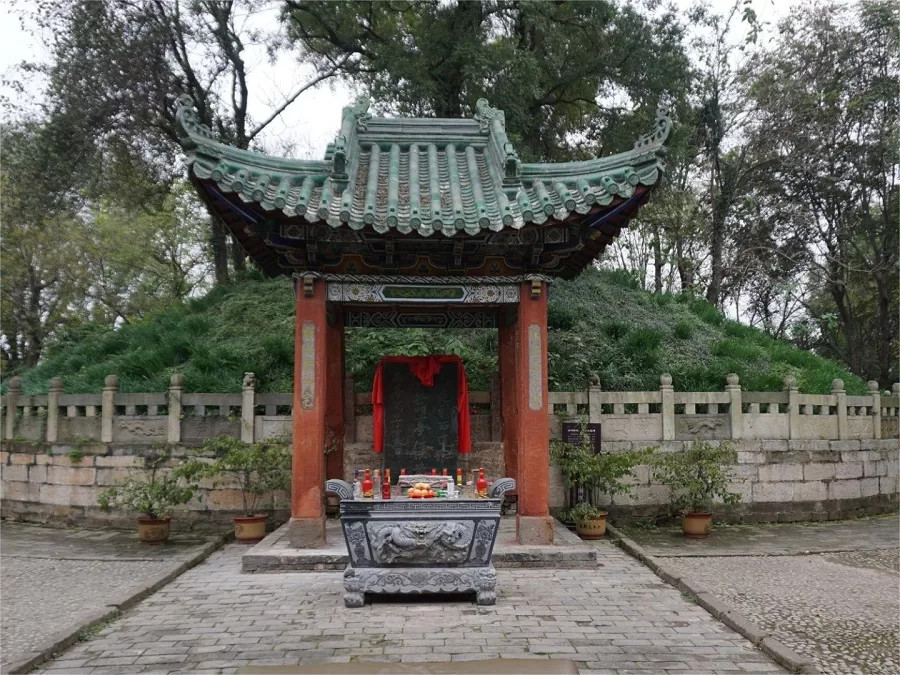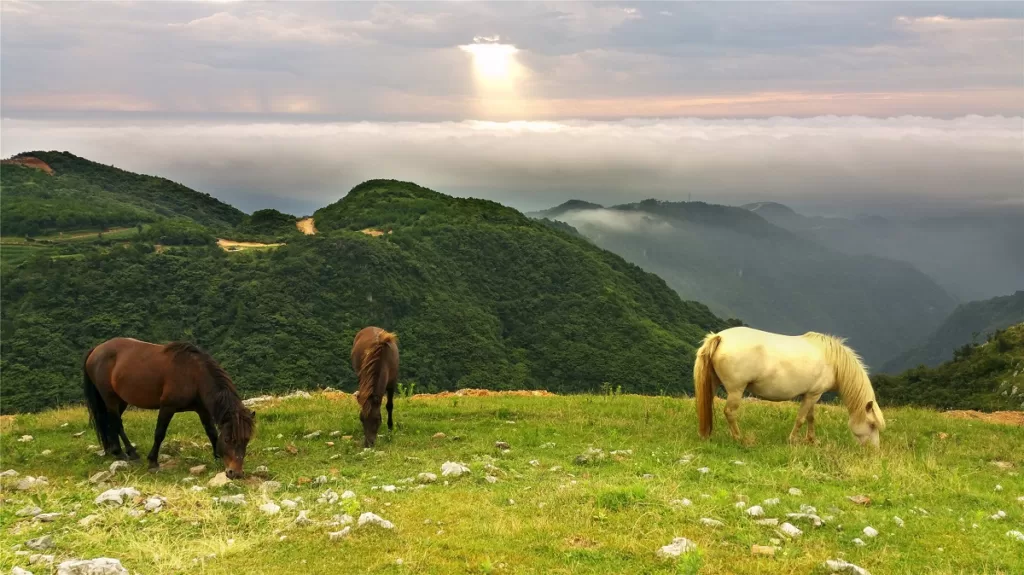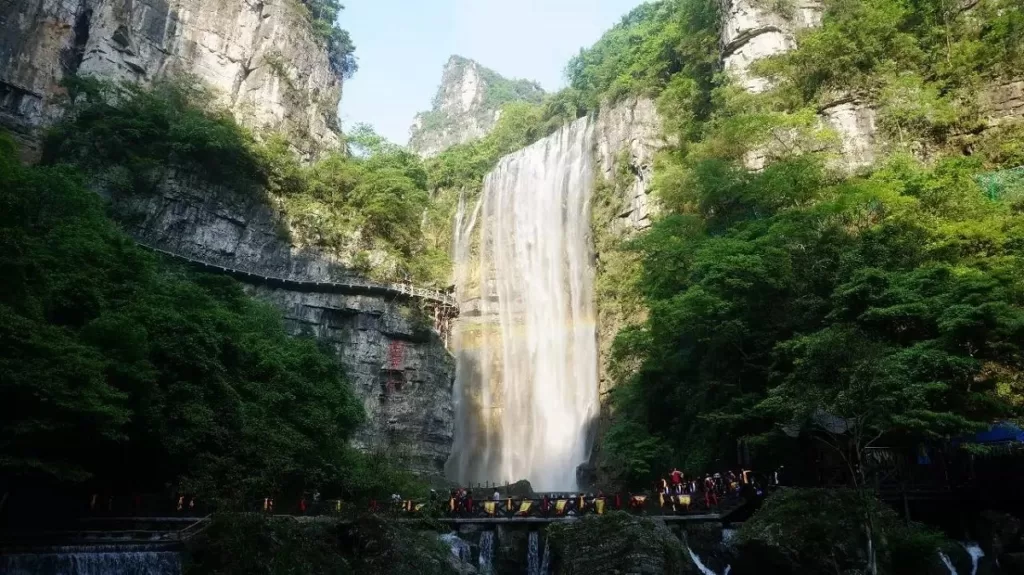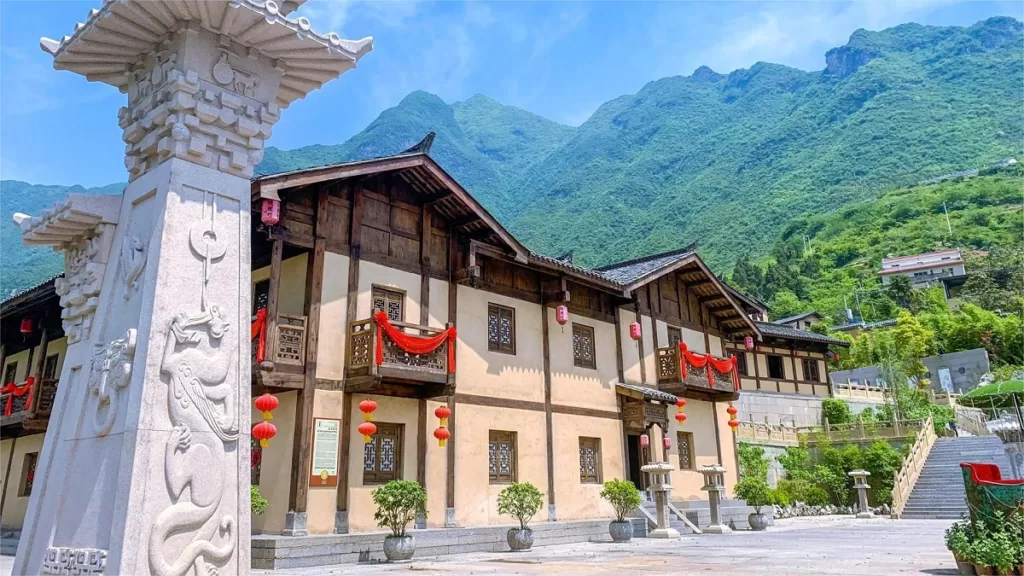丹阳关陵庙(关羽墓) - 门票、开放时间、位置和亮点


Guanling Temple (关陵庙), situated to the west of Dangyang City in Hubei Province, China, facing the Ju River and enjoying a picturesque view of Jing Mountain, stands as a revered historical site with a legacy dating back over 1800 years. Regarded as one of the three major Guanyu temples in China, alongside the Guandi Temple in Jiezhou, Shanxi, and Guanlin Temple in Luoyang, Henan, Guanling Temple holds significant historical and cultural importance.
The origins of Guanling Temple can be traced back to the burial site of 关羽, a prominent military general during the Three Kingdoms period. The “Records of the Three Kingdoms,” recount that in the 24th year of the Jian’an era, Guan Yu, after a defeat in Jingzhou, was captured by Sun Quan at Jiashi (modern-day Hui Mapo in Yuan’an County). Guan Yu was subsequently executed, and his head was sent to Cao Cao, while his body was ceremoniously buried with the rites due to a vassal in the northwest of Dangyang.
目录
- 基本信息
- 地点和交通
- Highlights of Guanling Temple
- Vlog about Guanling Temple
- Other Attractions in Yichang Suburbs
基本信息
| 预计游览时间 | 1 - 2 小时 |
| 票价 | 30 人民币 |
| 开放时间 | 8.30 - 17.30;最后入场时间:17.00 |
| 电话号码 | 0086-0717-3222166 |
地点和交通
Guanling Temple is located approximately 3 kilometers northwest of the downtown area of Dangyang County in Yichang City, Hubei Province, China. Positioned with a westward orientation facing east, the temple overlooks the Ju River and stands in the distant gaze of Jing Mountain. The specific address of Guanling Temple is 147 Guanling Road.
To get there, tourists can take bus Dangyang 4 or Dangyang 5B, and get off at Guanling Scenic Area.
Highlights of Guanling Temple
History of Guanling Temple

In the period preceding the Song Dynasty, the burial site of Guan Yu was a modest mound concealed by trees. However, during the Southern Song Dynasty, Wang Zhu, the Prefect of Xiangyang, took steps to enhance and formalize the burial site. He initiated the construction of a memorial temple, surrounded by walls and adorned with pine and cypress trees. Over the following dynasties, the temple underwent various renovations and expansions, culminating in its formal establishment as Guanling Temple during the Ming Dynasty.
The Burial Mound

The architectural ensemble of Guanling Temple is an awe-inspiring spectacle. The burial mound, shaped in a circular form, rises to a height of 7 meters, encircled by a stone wall and railing spanning over 70 meters. The entire temple complex is connected by palace walls, constructed with red bricks and topped with yellow tiles, presenting a grand and majestic appearance. The temple adheres to the traditional imperial mausoleum layout, featuring a central axis with eight ancient structures arranged along it.
Layout of Buildings

The central axis encompasses significant structures such as the Memorial Tablet Pavilion, ornamental columns, stone archways, three-tiered gates, horse pavilion, worship hall, main hall, sleeping hall, and the tomb mound. Flanking the sides are octagonal pavilions, the Spring-Autumn Tower, and a stele corridor, enhancing the symmetry of the temple grounds. The main hall, adorned with a golden plaque proclaiming “Wei Zhen Huaxia” (Might that Shakes All Under Heaven), houses large sculptures of Guan Yu, his son, and Zhou Cang. In the sleeping hall, a magnificent 3.6-meter-tall bronze statue of Guan Yu, weighing 800 kilograms, was donated by compatriots from Taiwan.
Vlog about Guanling Temple
Other Attractions in Yichang Suburbs

Bailihuang Grassland Scenic Area

Dalaoling National Forest Park

Three Gorges Waterfall

Zhaojun Village

Chexi Folk Custom Scenic Area